Territory marking is a vital aspect of the behavior of big cats, ensuring they maintain their space, food sources, and mating rights. While often seen as solitary creatures, these magnificent animals have developed a range of unique methods to assert their presence in their environment. In this article, we delve into the fascinating world of territory marking in big cats, exploring their distinctive behaviors and interactions with their habitats.
The Importance of Territory for Big Cats
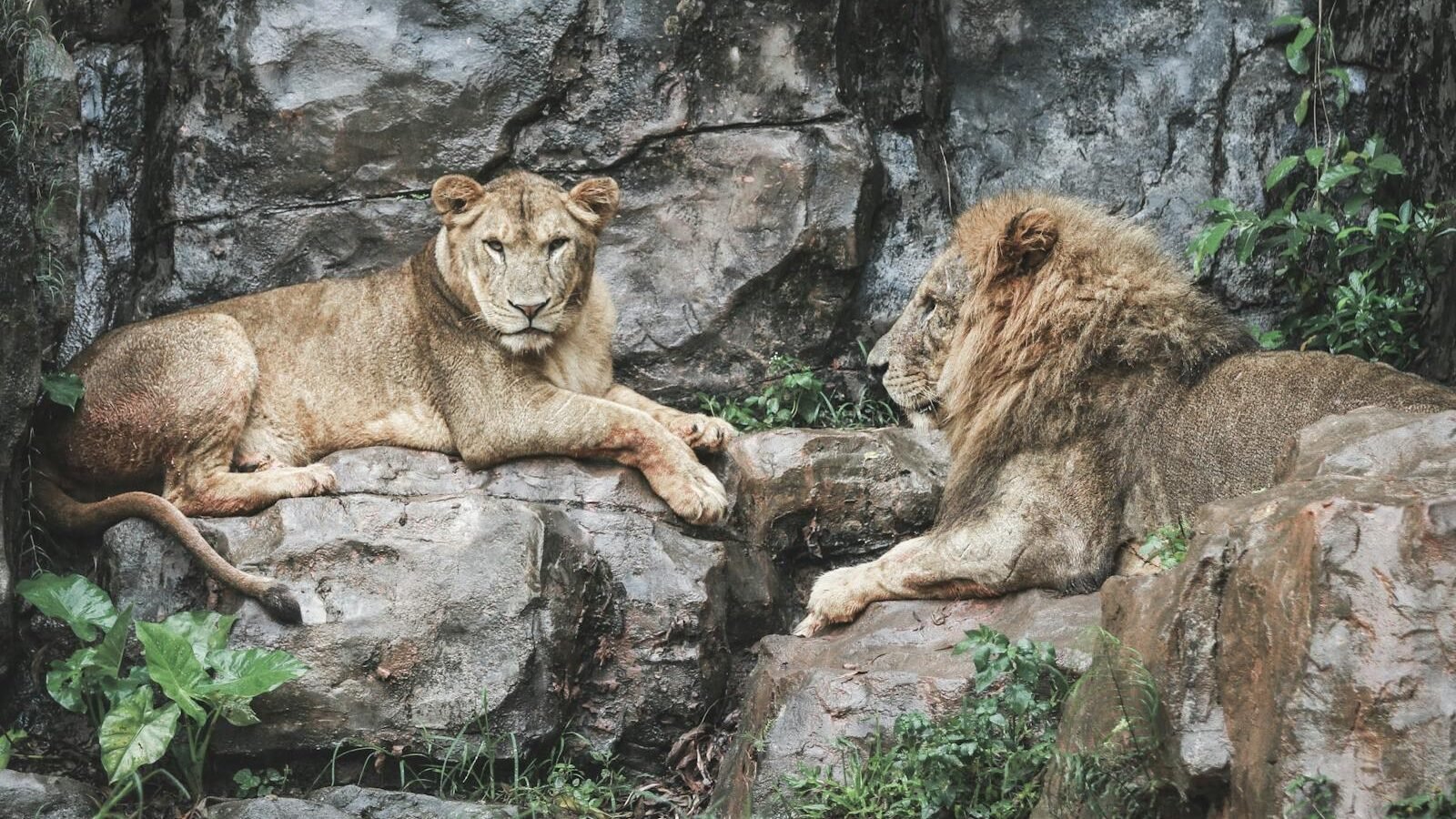
Territory is crucial for big cats as it encompasses resources essential for survival, such as prey, shelter, and mating opportunities. Each species, from lions to leopards, has evolved specific tactics to claim and maintain their territory, often involving a mix of physical and chemical cues that communicate their presence to rivals and potential mates.
Scent Marking: The Universal Tool
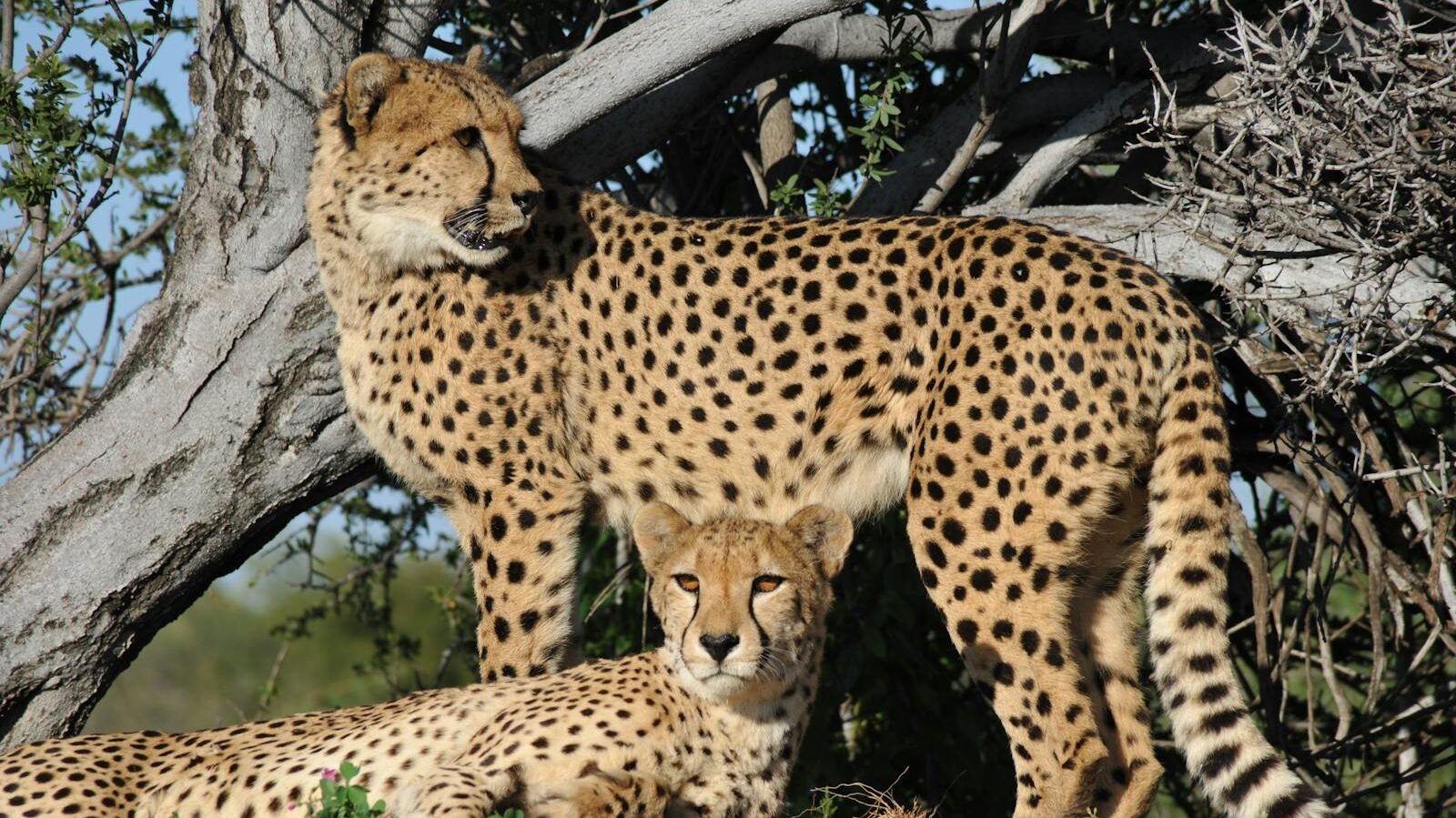
Scent marking is perhaps the most universal method used by big cats to communicate their territorial boundaries. By depositing their unique scent through urine, feces, or specialized glands, these animals can inform others of their presence, gender, reproductive status, and even identity. Each cat’s scent is a powerful tool, capable of conveying complex information through pheromones.
Scratch Marks: Visual and Olfactory Signals
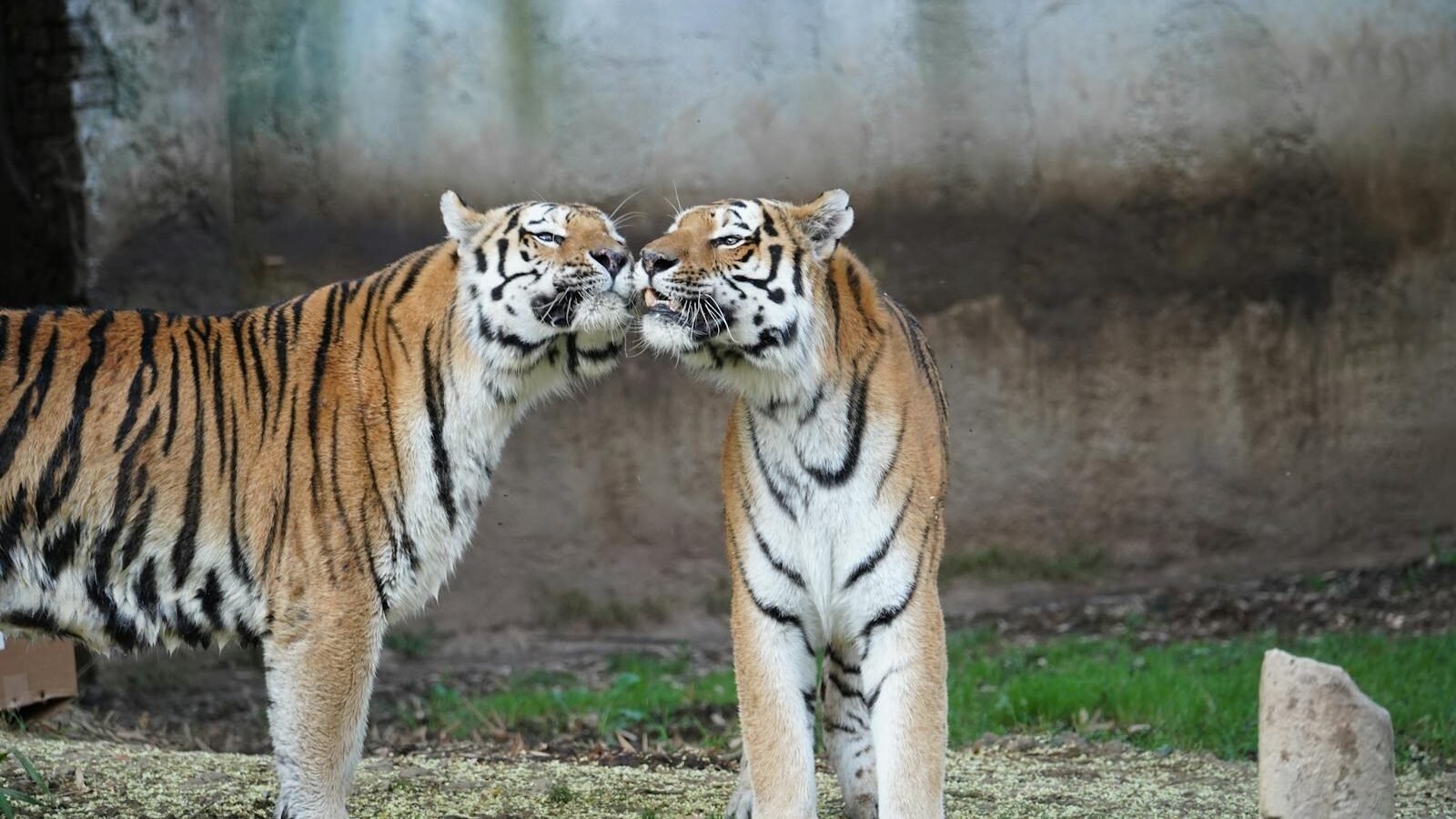
Scratching surfaces such as trees or the ground is another common way big cats mark territory. This behavior serves dual purposes: creating a visual signpost and releasing scent from glands located in their paws. It is not only about marking a boundary but also sharpening their claws—a practical benefit for hunting and defense.
Urine Spraying: More Than Just a Marker
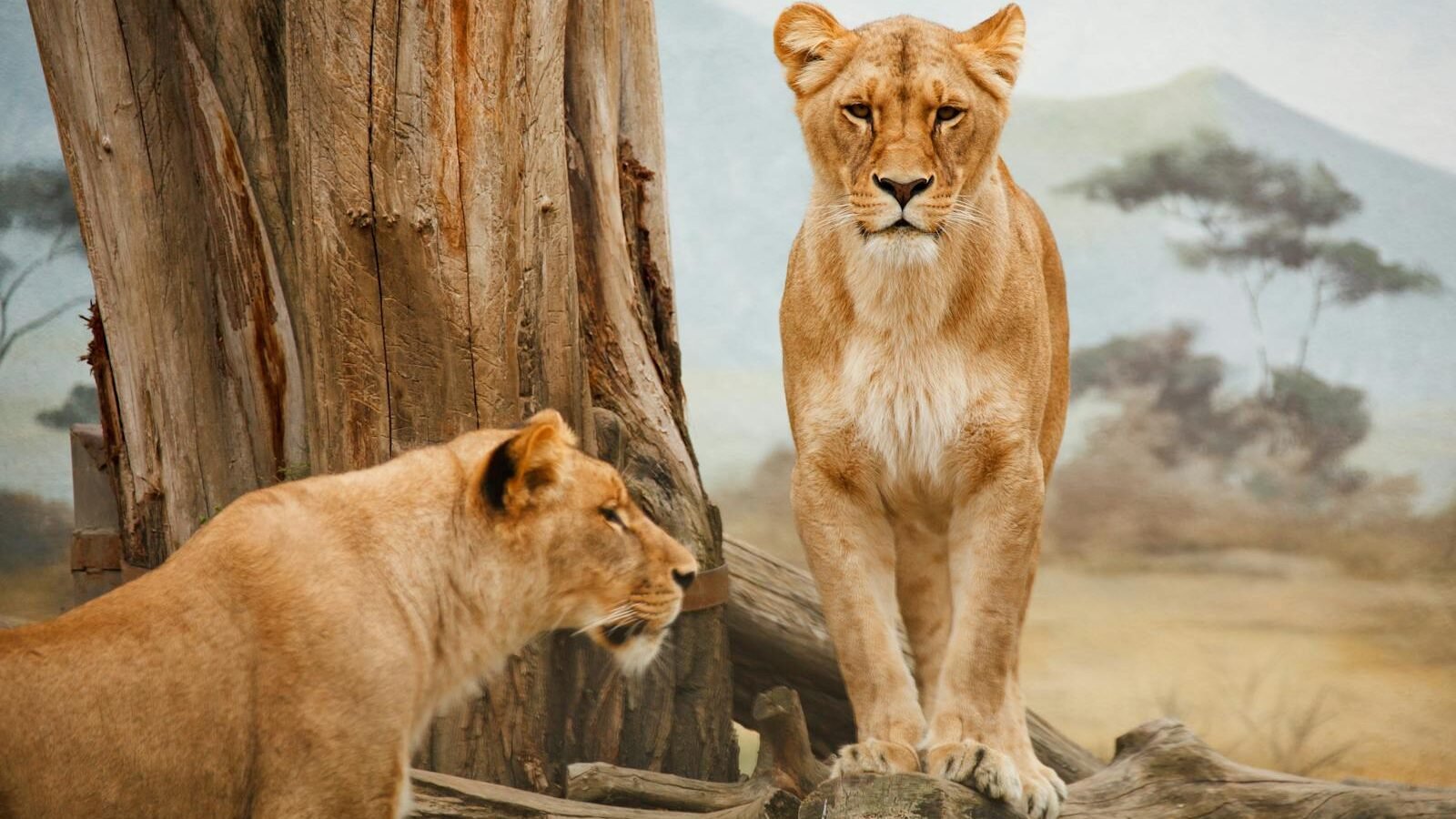
Many big cats engage in urine spraying, where they back up to a surface and release urine in a fine spray. This behavior is widespread among species like tigers and leopards. Besides marking their presence, the chemical composition of the spray can convey details about the individual’s health, age, and reproductive status to others in the area.
Vocalizations: The Call of the Wild
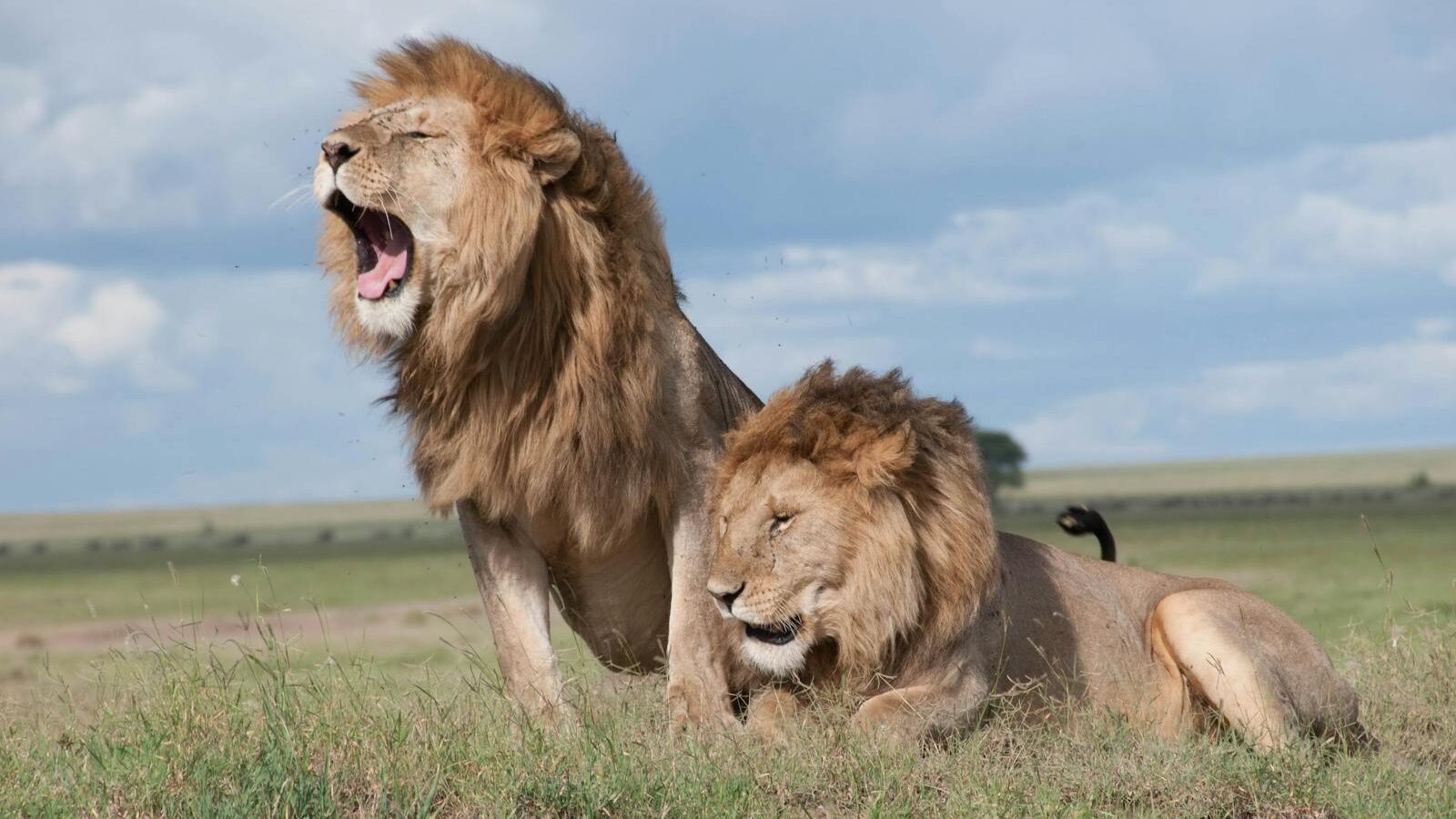
Vocalizations are another form of territorial communication. Lions, for instance, are renowned for their powerful roars, which can be heard from miles away. This auditory signal informs other lions of their presence and can serve as a warning or a challenge to rivals. Similarly, the leopard’s sawing call and the tiger’s chuff are vital for maintaining territory.
Facial Rubbing: A Subtle Yet Effective Tactic
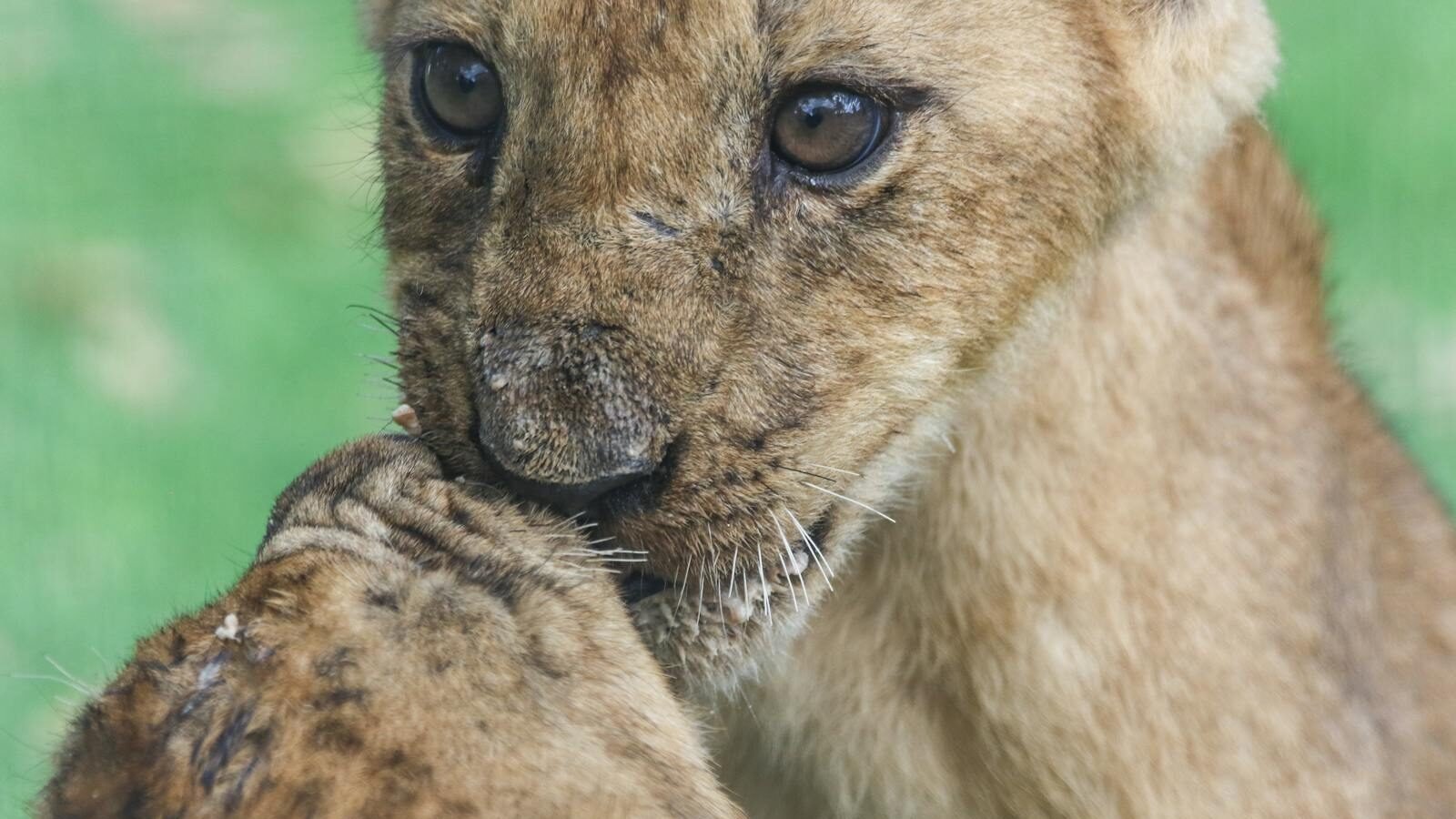
Big cats often engage in facial rubbing on prominent objects within their territory. This seemingly affectionate behavior deposits scent from glands located around their cheeks. This method is effective in marking both fixed objects and other individuals, reinforcing social bonds within prides or with cubs.
Tree Clawing and Scratch Posts
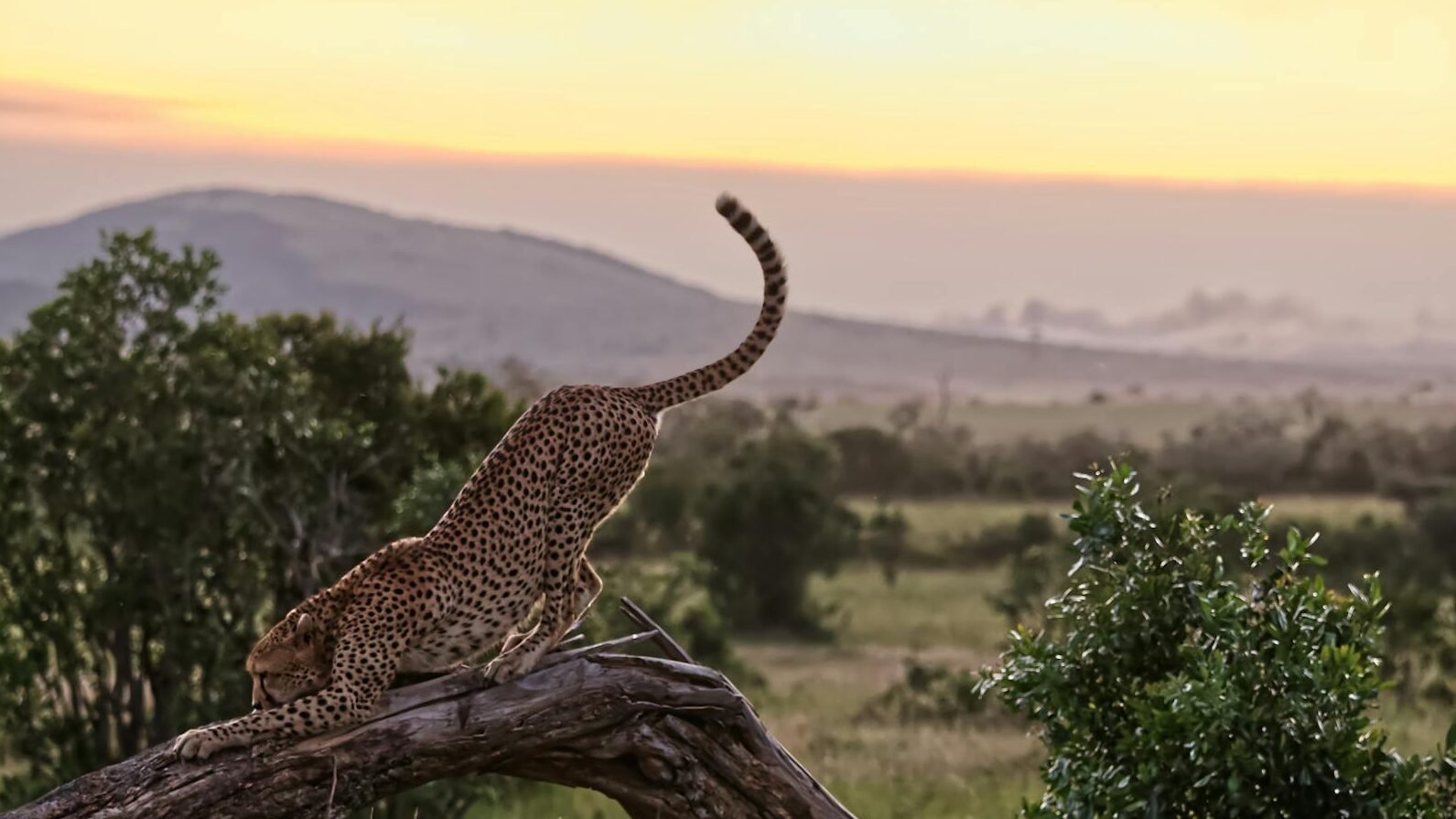
Tree clawing serves as a multi-purpose behavior. Besides marking territory through visual and scent cues, it also helps to keep claws sharp and ready for action. In regions without trees, big cats might use other surfaces, adapting their behavior to the available landscape. These “scratch posts” become integral parts of their territorial grid.
Marking with Faeces: Less Common but Effective
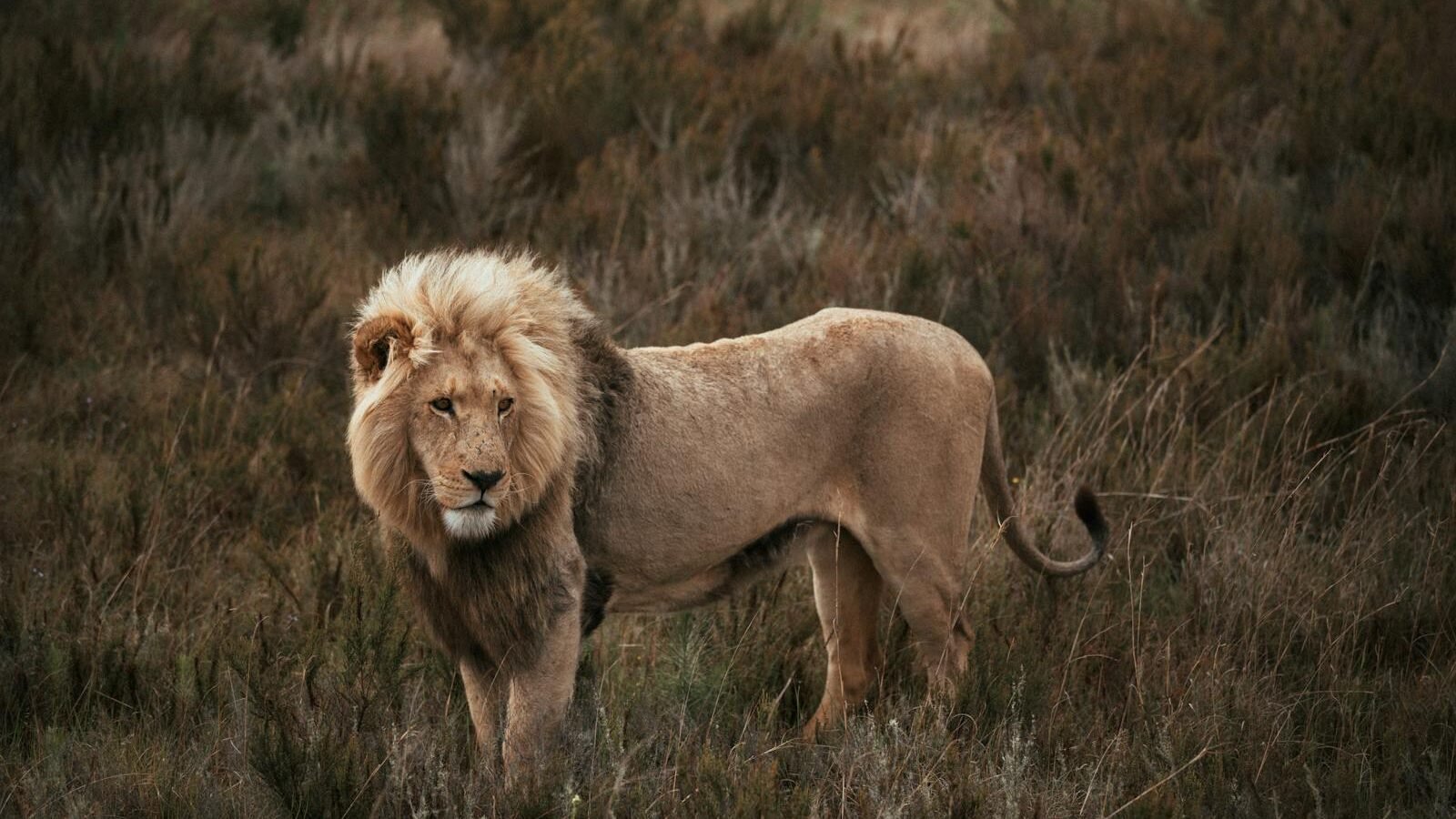
Though less commonly discussed, the strategic placement of feces serves as another territorial marker for some big cats. By defecating in prominent locations, they add another layer of scent marking, asserting their presence and boundary to any passing intruders.
Unique Patterns Across Species
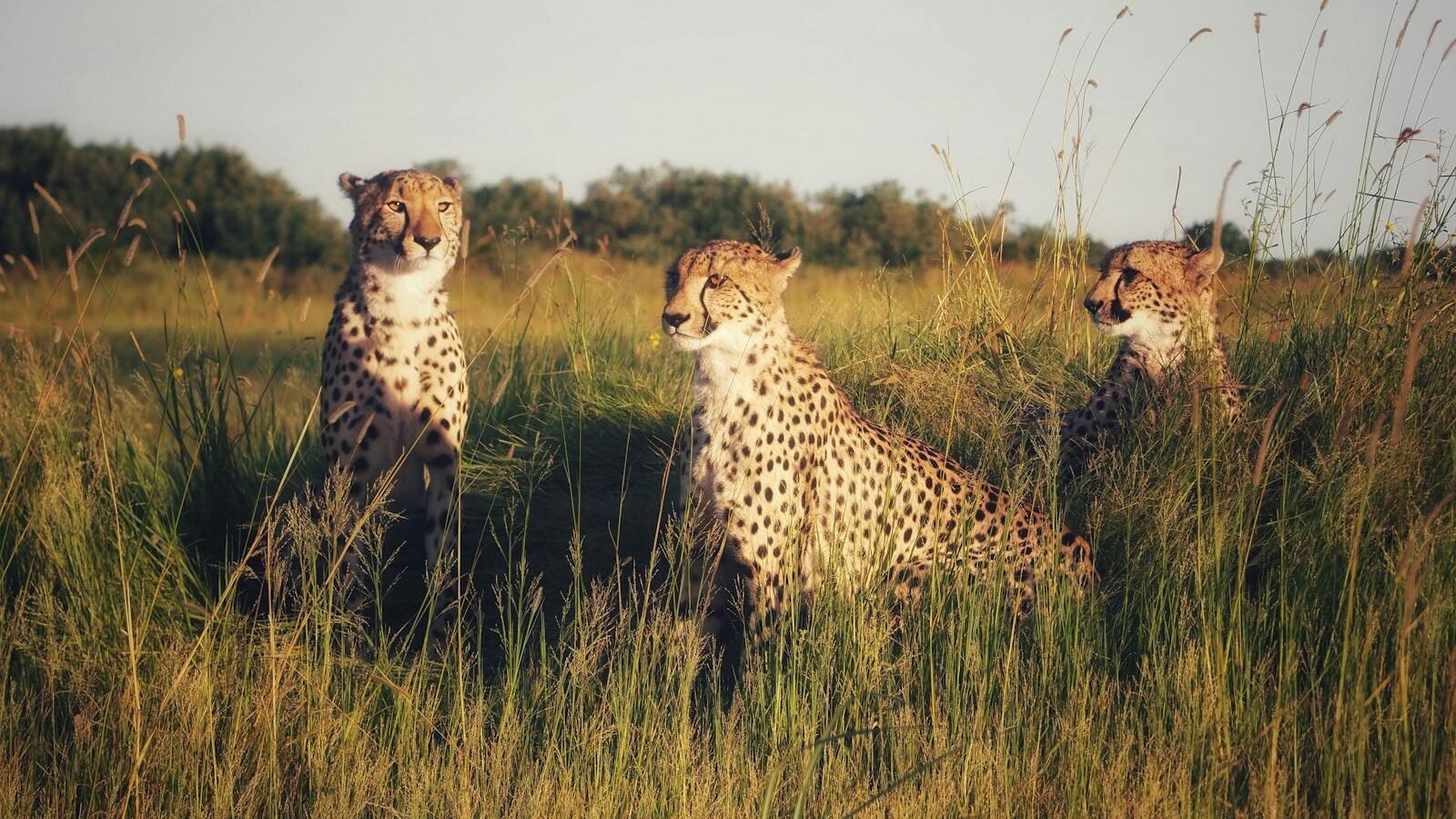
Each species has its own unique twist on typical marking behaviors. Cheetahs, for instance, frequently use dust baths to scent mark their fur, while jaguars might use particular plants to enhance their scent. These unique adaptations highlight the diversity and ingenuity of these animals in asserting their territorial claims.
Challenges and Adaptations in Modern Habitats
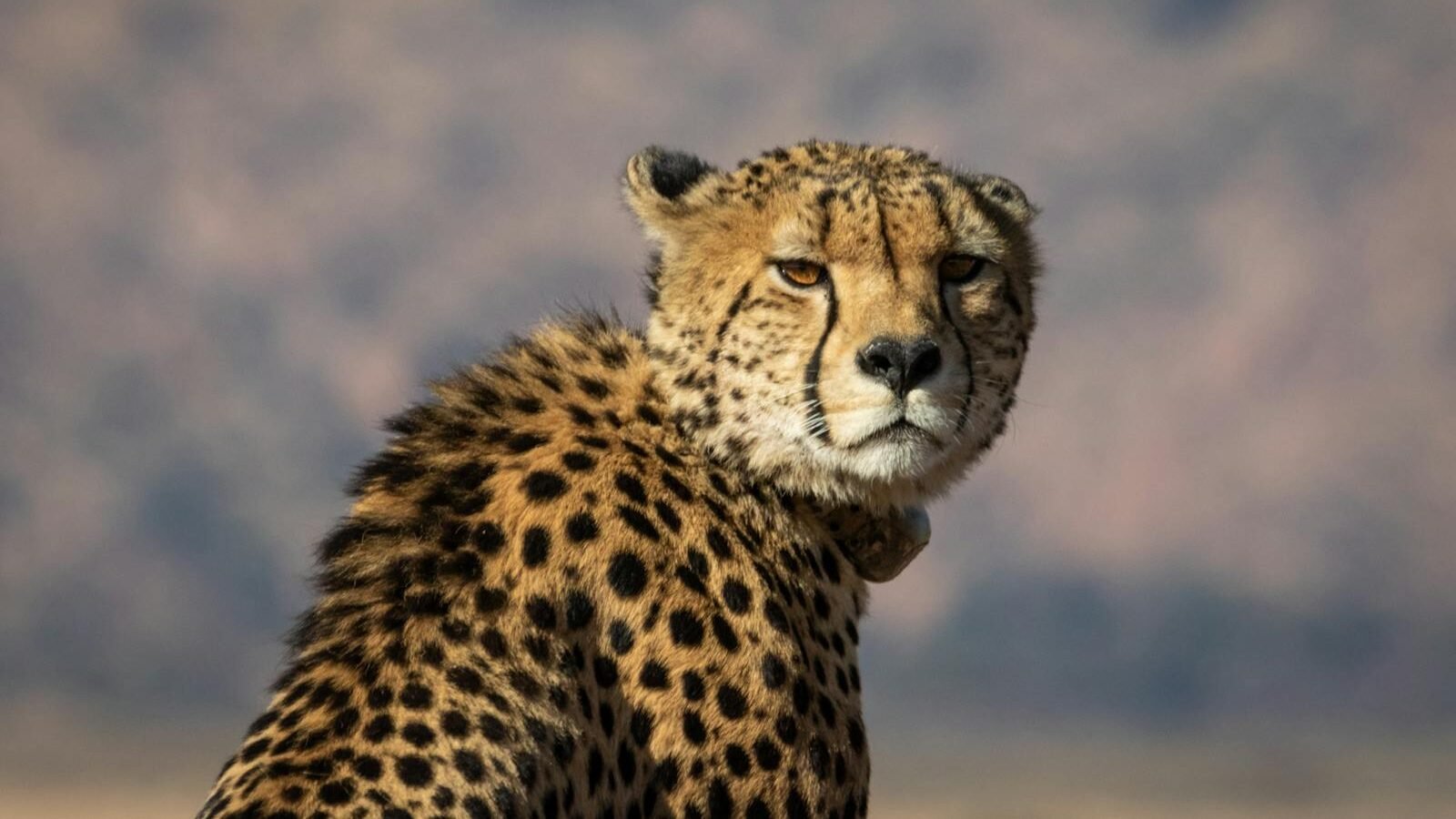
As human encroachment increasingly threatens big cat habitats, these traditional methods of territory marking face new challenges. Changes in landscape and reduced territory sizes require adaptations in behavior. Urbanization and loss of prey can pressure big cats to modify their marking habits, sometimes bringing them into direct conflict with human environments.
Conclusion: The Intricate World of Big Cat Communication
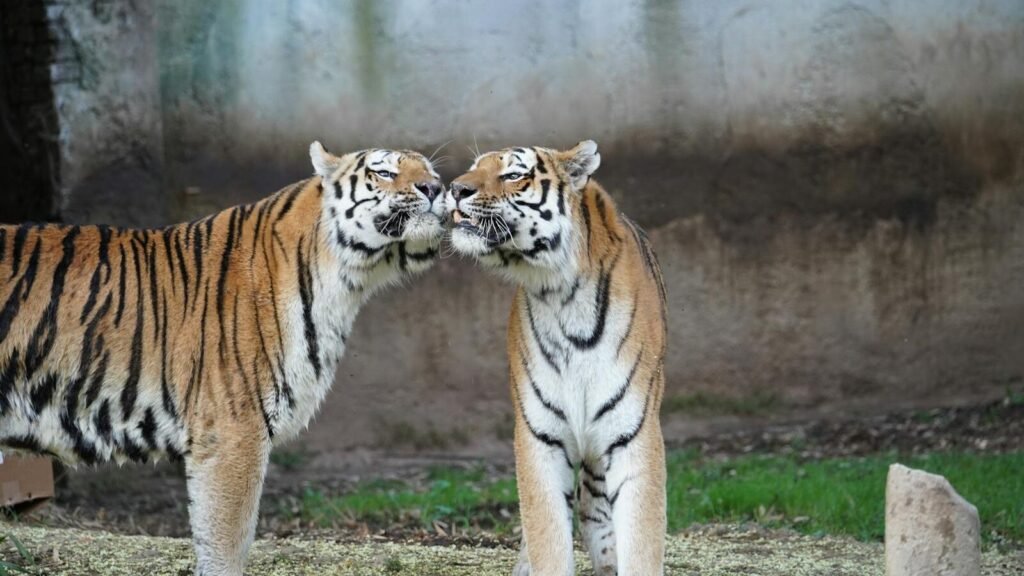
The world of big cat territory marking reveals a complex interplay of biology, behavior, and ecology. Through various methods, these majestic animals maintain a delicate balance in the wild, showcasing their adaptability and resilience. Understanding these behaviors not only brings us closer to these enigmatic creatures but also emphasizes the importance of conserving their habitats for future generations.

With over a decade of experience as a dedicated cat lover and enthusiast, I specialize in writing captivating content about all things feline. My expertise shines through in creating engaging and informative pieces that resonate with fellow cat lovers. As a proud cat parent to my beloved Duston, my personal connection to the world of cats adds authenticity and warmth to my work, making it relatable and heartfelt.






